
Lot 164
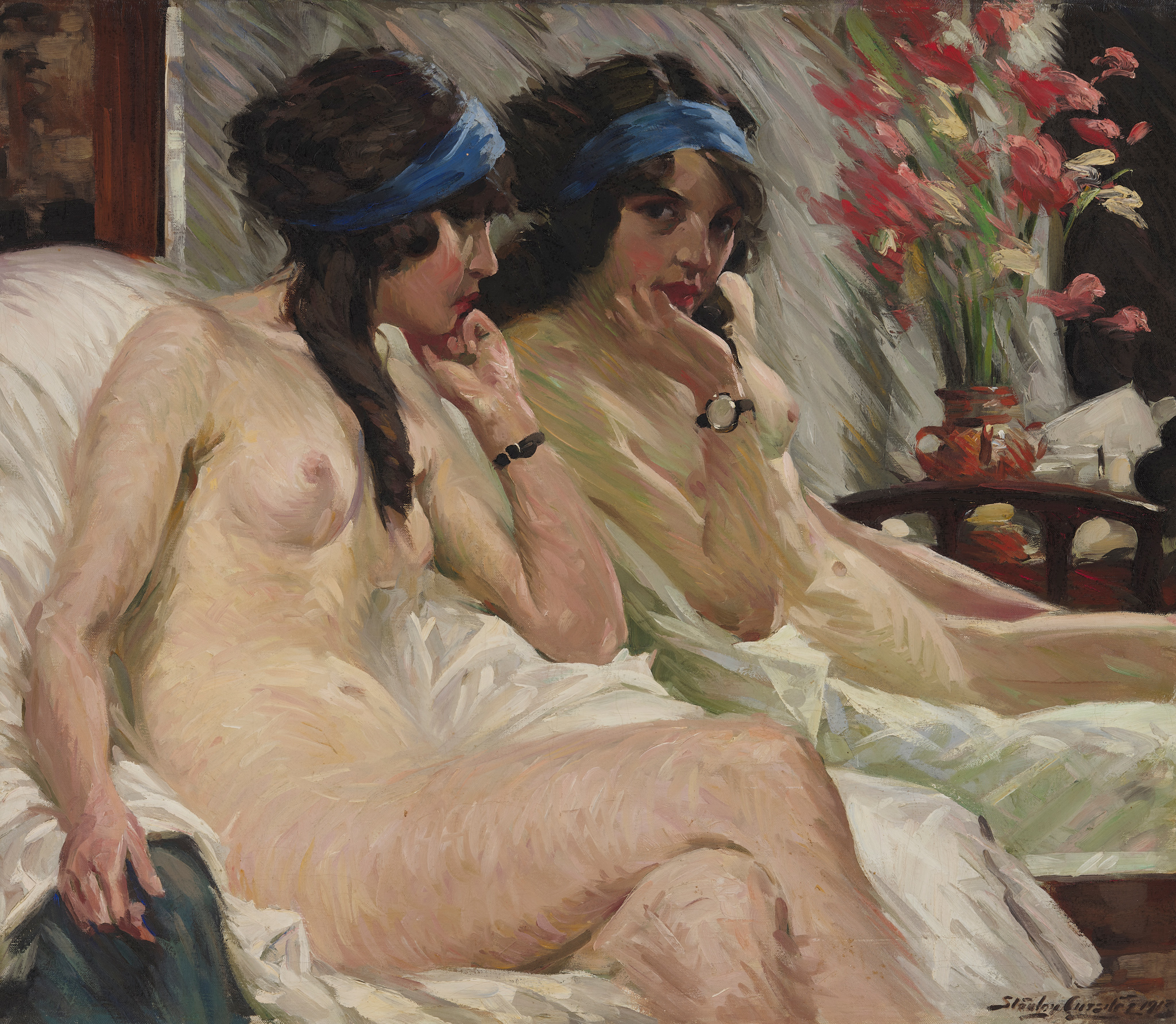
STANLEY CURSITER C.B.E., R.S.A., R.S.W. (SCOTTISH 1887-1976) §
THE MIRROR
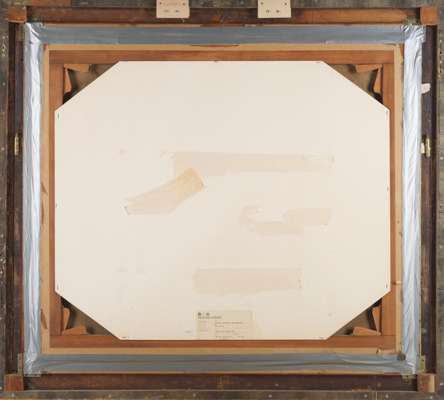
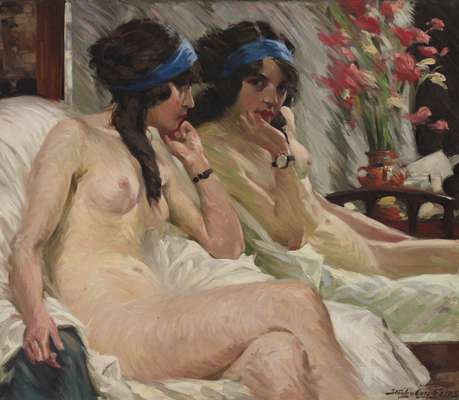
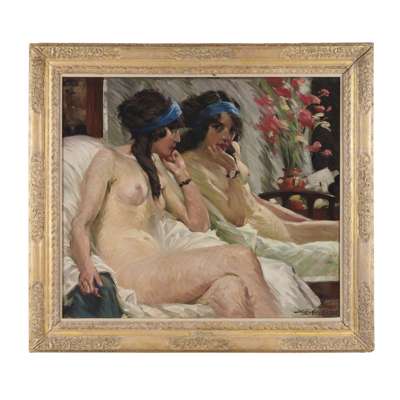



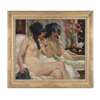

Scottish Paintings & Sculpture
Auction: Evening Sale | Lots 109 to 207 | Thursday 04 December 2025 from 6pm
Description
Signed and dated 1913, oil on canvas
Dimensions
89cm x 101.5cm (35in x 40in)
Provenance
Richard Green, London (SP570)
Exhibited:
Royal Scottish Academy Galleries, Edinburgh, Twentieth Annual Exhibition of the Society of Scottish Artists, 1913, no.285, £40
Royal Glasgow Institute of the Fine Arts, Glasgow, Annual Exhibition, 1914, no.258, £50
Literature:
‘The Scottish Artists’ Society Exhibition', Edinburgh Evening News, 12 December 1913
'The Society of Scottish Artists’ Exhibition', The Scotsman, 13 December 1913
‘Studio-Talk: Edinburgh’, The Studio, vol.61, 1914, p.66, illustrated in black and white p.65
Footnote
The Mirror of 1913 by Stanley Cursiter is a major painting from the period during which he emerged as a leading Scottish artist of his generation. Elected to the Society of Scottish Artists in 1906, it was a highlight of their Annual Exhibition, held in the Royal Scottish Academy Galleries in 1913-14. This was a landmark exhibition of international modern and contemporary art in Scotland, including – thanks to loans negotiated by Cursiter – works by the Italian Futurists Luigi Russolo and Gino Severini. The Mirror was also shown in the company of Post-Impressionists including Paul Cézanne, Paul Gauguin, Paul Sérusier and Vincent Van Gogh, as well as Henri Matisse and Pablo Picasso, as the society’s Hanging Committee successfully brought examples of the best in modern European art to an Edinburgh audience.
Painted on an ambitious scale, The Mirror is a tour de force full-length female nude, combined with reflection and an accomplished still-life passage. Cursiter’s sitter addresses the viewer via the titular mirror, whilst the double views of her face and watch provide focal points in the composition. A feathery technique can be compared to that of the Scottish Colourist F. C. B. Cadell’s work of the period, with careful attention played to the rounding of form and associated shadows.
Of the 461 exhibits, The Mirror was singled out for praise in several reviews, including that of The Studio. Its anonymous critic declared ‘Mr Stanley Cursiter’s The Mirror…was one of the most outstanding works of the collection, particularly in the modelling of the head and the upper part of the figure.’ (‘Studio-Talk: Edinburgh’, The Studio, vo.61, 1914, p.66)
Meanwhile, The Edinburgh Evening News review stated:
“In the first gallery two outstanding figure subjects are Mr F. C. B. Cadell's Fancy Dress and Mr Cursitor's The Mirror. Both these artists are young men, and both are impregnated with the modern spirit…Mr Cursitor's picture of a nude female figure seated on a chair covered with white material has many excellent points…the head is a charming bit of work.” (‘The Scottish Artists’ Society Exhibition', Edinburgh Evening News, 12 December 1913)
The Scotsman critic continued, stating
“Mr Stanley Cursiter, one of the younger artists, may be complimented on the step forward he has taken in his art. He has never before been so strongly represented in any exhibition as he is here…he will surprise his friends by his life-size study of the nude, with mirror reflection, in which…the colour has power and vitality.” ('The Society of Scottish Artists’ Exhibition', The Scotsman, 13 December 1913)
Only a few months after the Society exhibition ended the First World War began and Cursiter joined the 1st Battalion of the Scottish Rifles (Cameronians). He went on to become Director of the National Galleries of Scotland, Secretary of the Royal Scottish Academy and The King’s (and later The Queen’s) Painter and Limner in Scotland.








